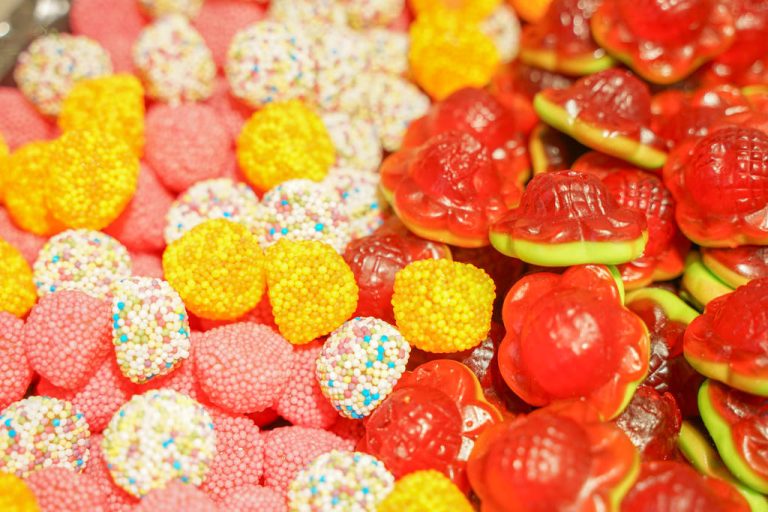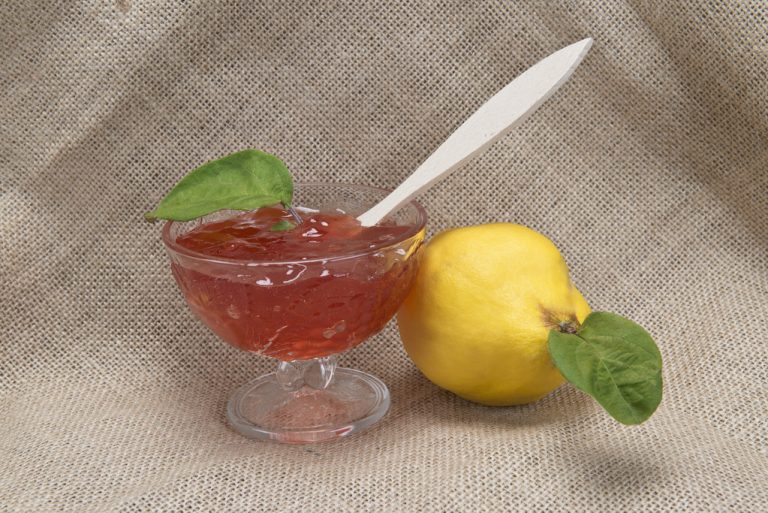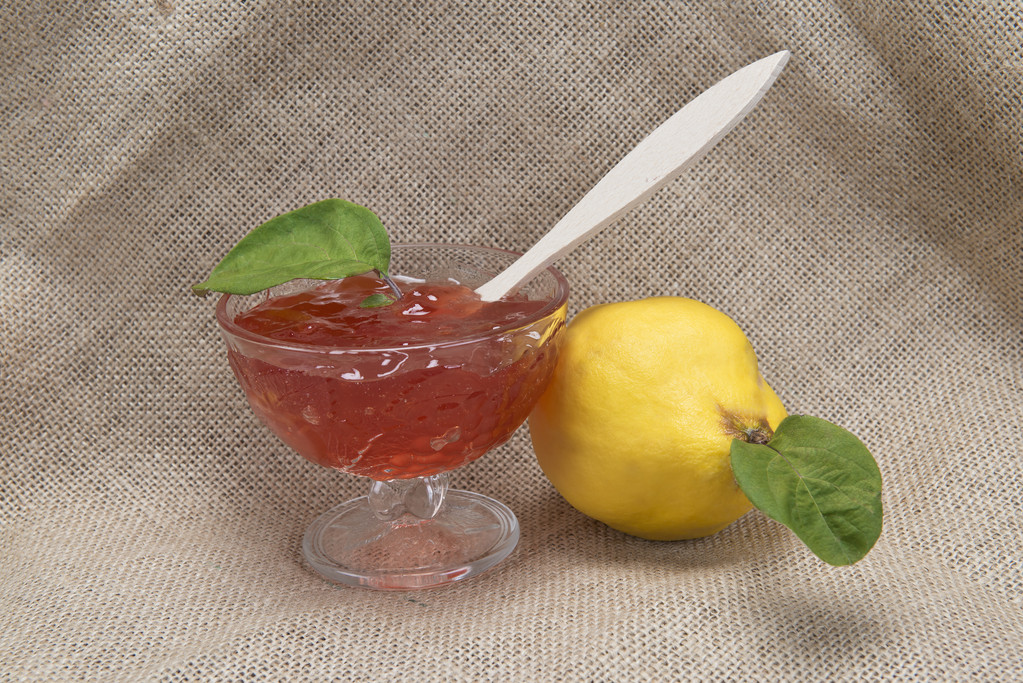Carrageenan is one of the most common additives and is often used as a gelling agent and stabilizer. However, carrageenan is controversial due to health consequences: It is considered carcinogenic and is banned in baby food.
Carrageenan is popular with vegans and vegetarians: the gelling agent is based on red algae and contains no animal additives. However, it does not thicken as well as, for example, agar agar and can only be used with warm dishes. The carrageen powder does not dissolve cold and therefore does not thicken.

Carrageen: Not a purely natural ingredient
Carrageenan is one of the additives and, as a thickening agent, is often declared as E407 on food packaging. Carrageen is particularly common in cream, pudding, ice cream and other dairy products. Carrageenan can also be found in wine and beer, as the substance is often used as a filter agent.
Strictly speaking, carrageen consists of red algae, but the substance is no longer natural:
In order to extract carrageen from red algae, it has to be chemically extracted.
This is done using potassium chloride or solutions containing alcohol.
After that, the carrageenan must be filtered out and dried.
There are many different types of carrageenan: If carrageenan consists of large molecules, it is largely considered harmless. Small molecular carrageenan varieties are mostly banned because they are proven to be harmful to health. However, impurities of up to 5 percent are allowed, so you should better avoid carrageenan in food.
Carrageenan carcinogenic? health hazard
As early as 1982, a study using animal experiments showed that carrageenan is probably carcinogenic. A large number of other studies with rats and hamsters also came to this conclusion.
A 2017 study also found chronic bowel disease as a result of carrageenan in mice.
But there are also some studies in which carrageenan had no effect. How carrageenan works in humans has not (yet) been researched.
The World Health Organization (WHO) does not officially warn against carrageenan, but recommends a maximum dose of 75mg/kg body weight.
Vegan alternatives to carrageenan
We advise against carrageenan due to possible health risks. There are some good vegan alternatives to carrageenan:
Agar Agar
pectin
psyllium husks












